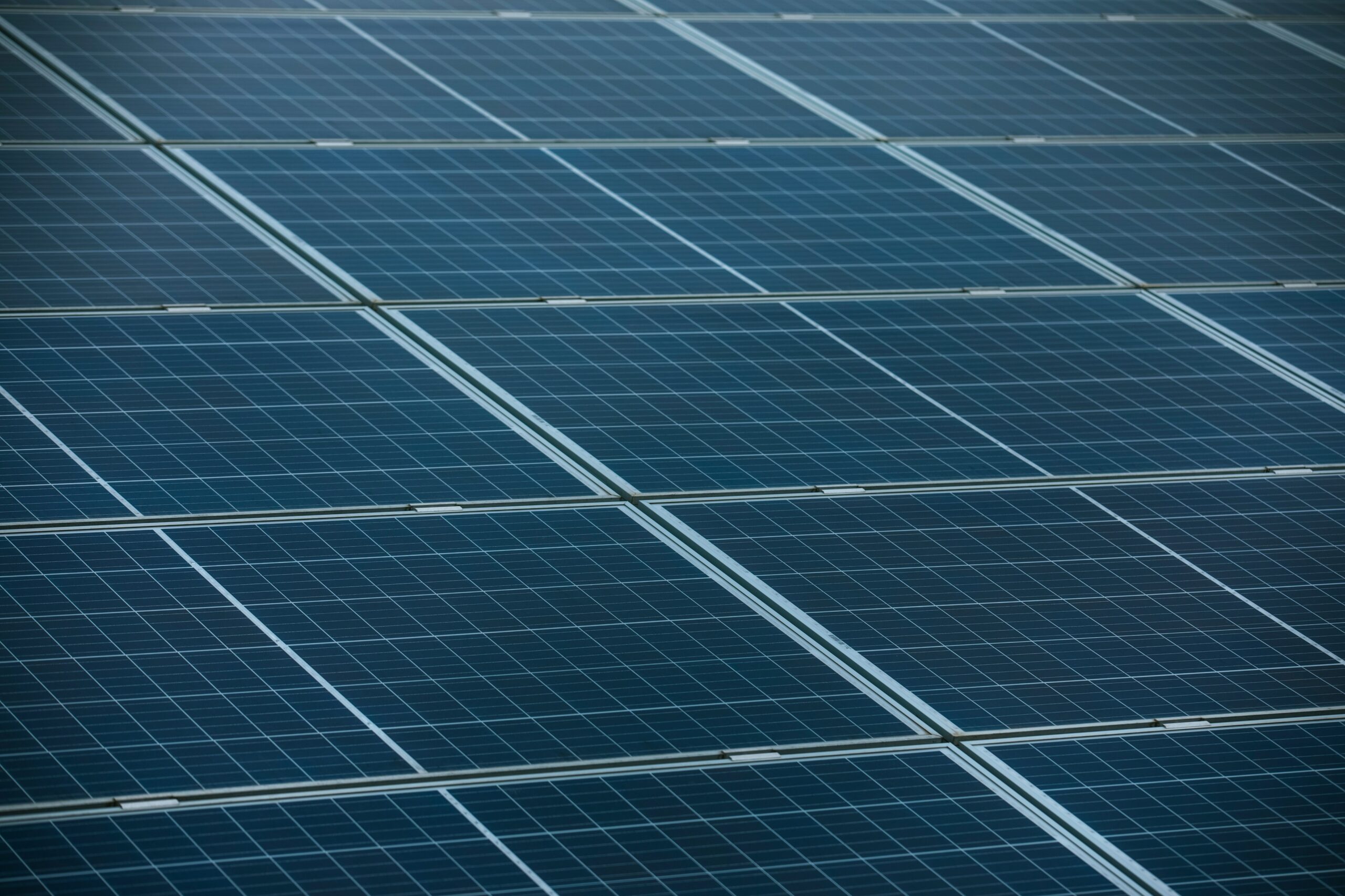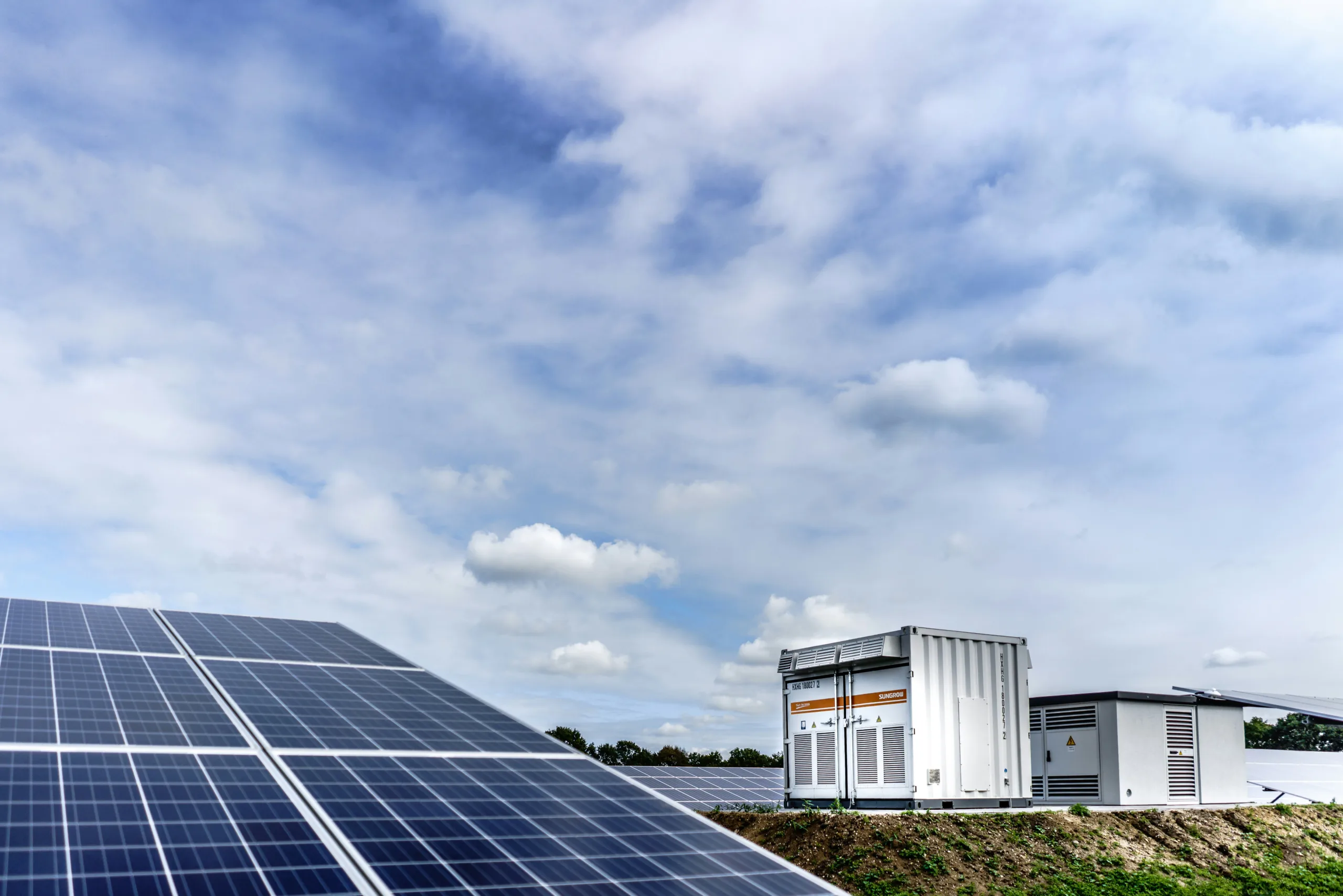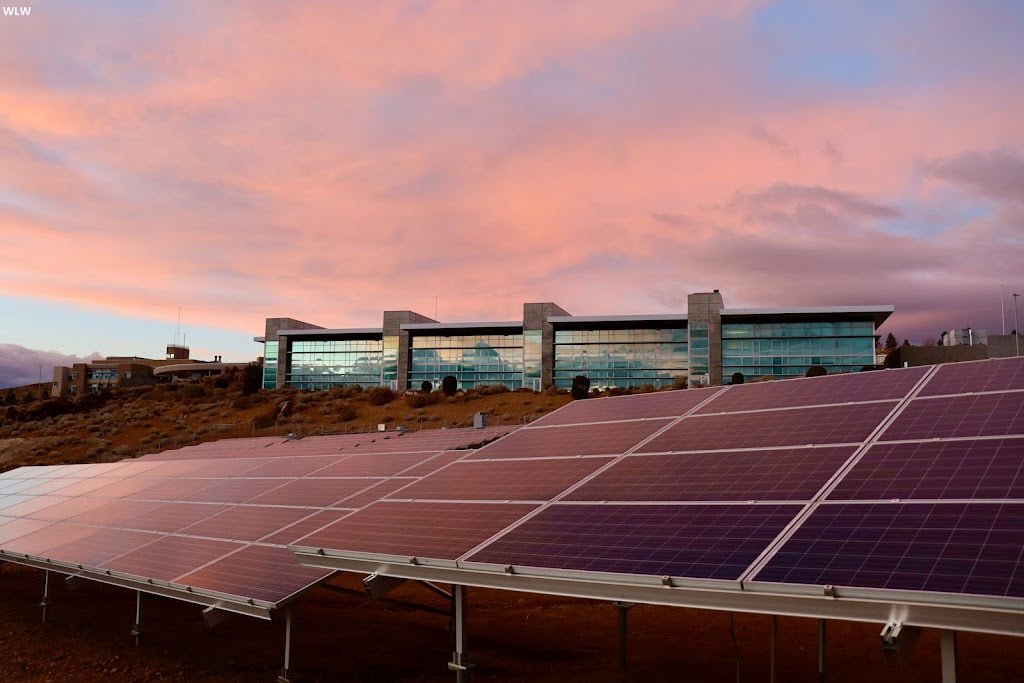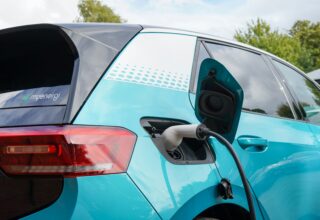By becoming a member of our site, you can add the content you like to your favorites, and present the content you have produced or liked on the internet to our site visitors with the send content option.
Zaten bir üyeliğiniz mevcut mu ? Giriş yapın
By becoming a member of our site, you can add the content you like to your favorites, and present the content you have produced or liked on the internet to our site visitors with the send content option.
You Can Benefit from All Options Exclusive to Our Members by Registering
Next Content:
Exploring Virtual Worlds: The Power and Potential of Virtual Reality
- Home Page
- #CleanEnergy
- The Renewable Revolution: Transitioning to a Sustainable Energy Future
The Renewable Revolution: Transitioning to a Sustainable Energy Future

The Renewable Revolution is transforming the global energy landscape, driving the transition towards a sustainable energy future. As concerns about climate change and fossil fuel depletion intensify, the shift to renewable energy sources such as solar, wind, and hydropower is becoming increasingly urgent and essential. This transition not only mitigates environmental impacts but also offers economic and social benefits.
Solar energy is at the forefront of the renewable revolution. Advances in photovoltaic technology have significantly reduced the cost of solar panels, making solar power more accessible and affordable. Large-scale solar farms and rooftop solar installations are proliferating worldwide, providing clean, abundant energy and reducing reliance on fossil fuels. Innovations such as solar storage batteries and solar-powered grids are further enhancing the efficiency and reliability of solar energy systems.
Wind energy is another critical component of the transition to a sustainable energy future. Modern wind turbines are more efficient and cost-effective than ever before, capable of generating substantial amounts of electricity. Onshore and offshore wind farms are expanding rapidly, harnessing the power of wind to produce renewable energy. Countries with significant wind resources are investing heavily in wind energy infrastructure, contributing to a cleaner energy mix and reducing greenhouse gas emissions.
Hydropower remains a vital renewable energy source, offering reliable and consistent power generation. Large hydroelectric dams and smaller run-of-the-river projects harness the energy of flowing water to generate electricity. Hydropower not only provides a renewable energy source but also supports water management and flood control. Efforts to minimize environmental impacts and improve the sustainability of hydropower projects are ongoing, ensuring that this energy source remains viable in the long term.
Energy storage solutions are crucial for the effective integration of renewable energy into the grid. Technologies such as lithium-ion batteries, pumped hydro storage, and flywheel energy storage enable the storage of excess energy generated during peak production times for use during periods of high demand. These storage solutions enhance grid stability and reliability, addressing the intermittency issues associated with renewable energy sources.
Smart grid technology is revolutionizing the way energy is distributed and consumed. Smart grids use digital technology to monitor and manage the flow of electricity from generation to consumption, optimizing energy use and reducing waste. By incorporating renewable energy sources and energy storage systems, smart grids enhance the efficiency and resilience of power networks. Consumers benefit from greater control over their energy use and costs through smart meters and home energy management systems.
Government policies and incentives play a pivotal role in accelerating the renewable revolution. Subsidies, tax credits, and feed-in tariffs support the development and deployment of renewable energy projects. Regulatory frameworks that set targets for renewable energy adoption and carbon emissions reduction drive investment and innovation in the sector. International agreements, such as the Paris Agreement, underscore the global commitment to transitioning to a sustainable energy future.
Private sector investment is also driving the renewable energy transition. Companies are increasingly recognizing the economic and environmental benefits of renewable energy, investing in renewable energy projects and clean technology innovations. Corporate sustainability goals and commitments to carbon neutrality are prompting businesses to adopt renewable energy solutions, contributing to the overall growth of the sector.
Public awareness and community involvement are essential for the success of the renewable revolution. Education and advocacy efforts raise awareness about the benefits of renewable energy and the importance of sustainable practices. Community-led renewable energy projects, such as solar cooperatives and community wind farms, empower local communities to take charge of their energy future and share in the benefits of renewable energy.
We offer our respects and wish you a good reading. – Who Learns What? Team
- On-Site Comments


























